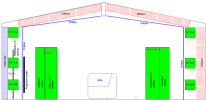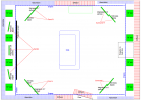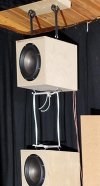OP
Deleted member 58670
Guest
- Thread Starter
- #61
Measurements are here :

 audiosciencereview.com
audiosciencereview.com

Dipole vs Box speakers
Ok—here is my first in room response curve sweep for the Enterprise Omnis. I used the mic in my iPhone for the test. I took the measurement from the centered listening position: Distances: Front wall: 6 feet Side wall: 4.5 feet Speaker separation: 6.5 feet Speaker To listener: 6.5 feet...
 audiosciencereview.com
audiosciencereview.com


